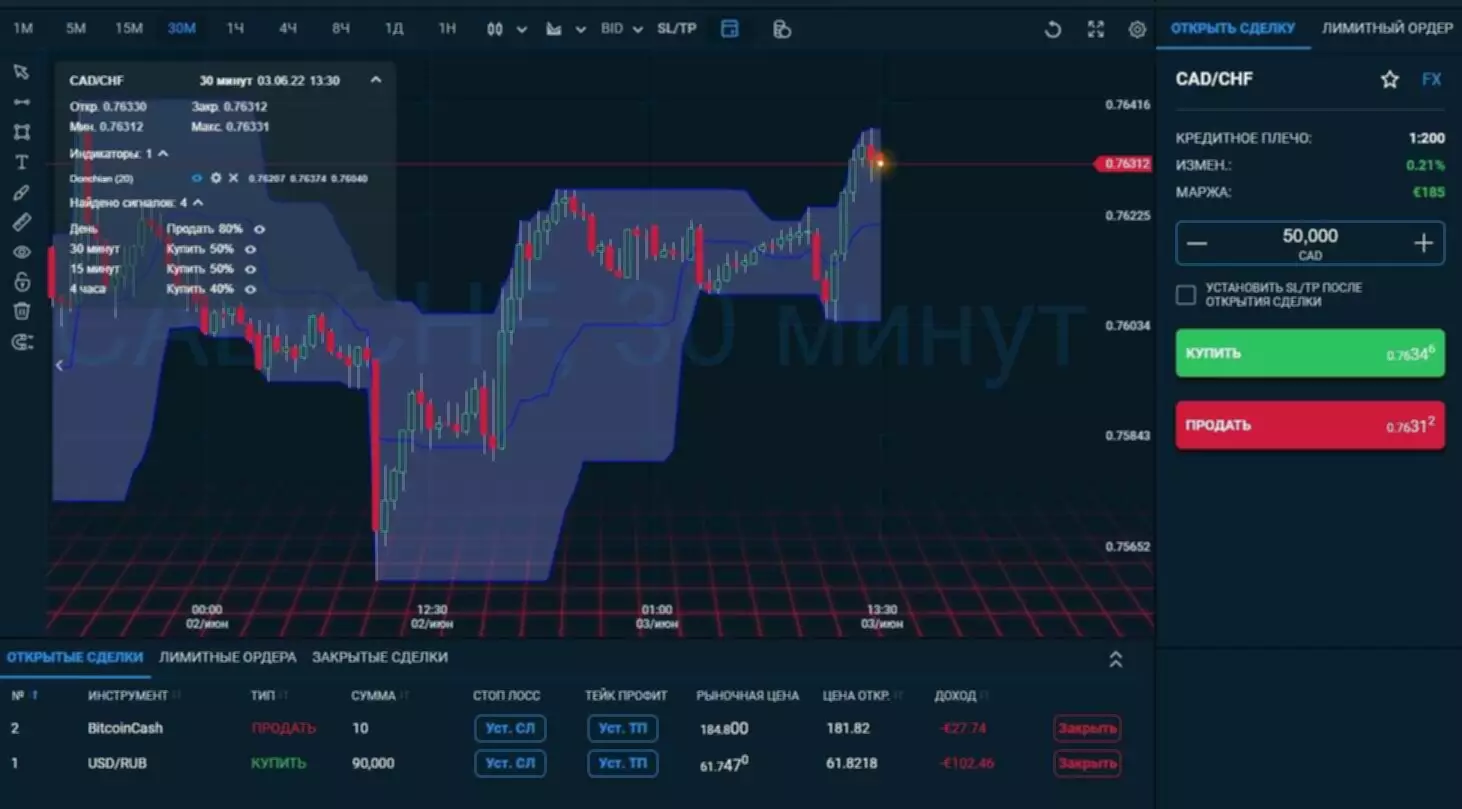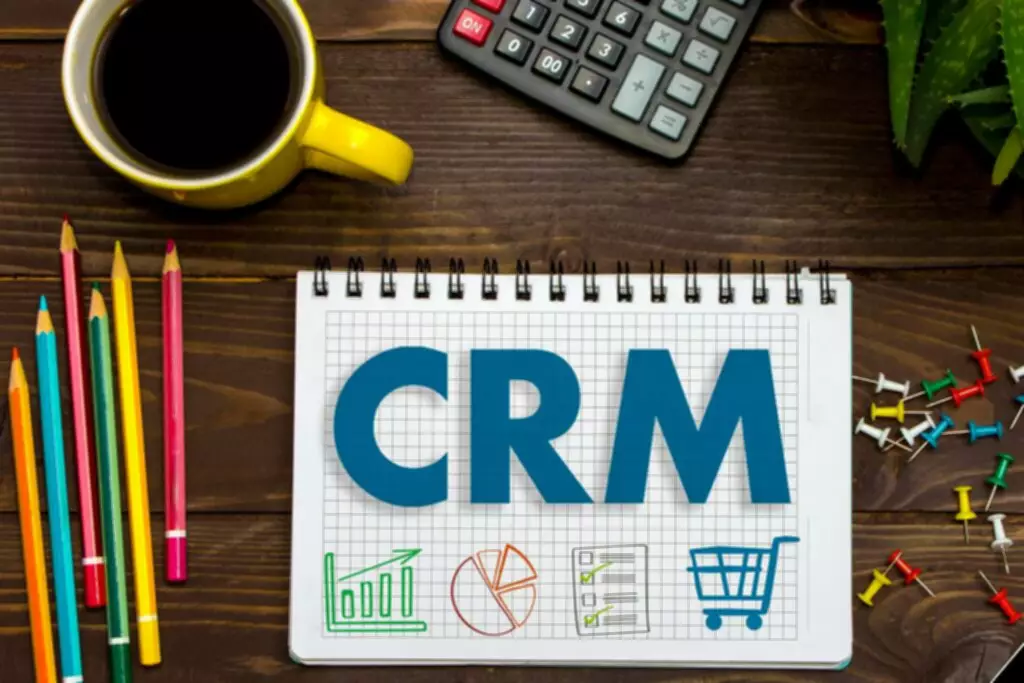Содержание
Your passively invested $100 would have turned into $356.66 in 10 years. Your traditionally invested $100 would have turned into $313.37. Plenty of cash is sloshing around, the pandemic recession notwithstanding, thanks to loose monetary policy, rampant inequality, crypto-speculation, and helicopter drops of cash. Plenty of bored people are reading market rumors on the internet, pumping and dumping penny stocks, riding GameStop to the moon, and bidding up the price of esoteric currencies and digital artworks.
While there is a range of ways to measure market performance, each fund is measured against the appropriate market index, or benchmark, based on its stated investment strategy and the types of investments it makes. Some actively managed funds outperform the indexes, but ETFs, index funds and other passively managed funds allow you to get into the market for low fees, then sit back and watch your investments grow with the market over time. One reason is because passive funds have been as successful as actively managed funds in recent years—and often more successful. “For U.S. equities, passive strategies have outperformed active funds net of fees from a broad historical perspective,” says Yung-Yu Ma, Ph.D., chief investment strategist at BMO Wealth Management in Portland. The passive investing strategy calls for buying long-term holdings balanced across many industries, sectors, market capitalizationsizes, and even countries.
- However, when markets become more volatile and dispersion increases, quality companies tend to stand out and active managers who focus on quality have greater opportunities to create alpha.
- During these more challenging market environments— when investors are looking for safety—is when the potential benefits of quality become clear.
- Taxes are a critically important issue because realization of capital gains significantly reduce net returns.
- Working with an adviser may come with potential downsides such as payment of fees .
- Being forced to own stock on certain companies by the funds’ charters, State Street pressures about principles of diversity, including gender diversity.
- Discount brokerages that offer low fees and investing apps make it easier than ever for Americans to invest in individual stocks and even day-trade.
- The list of companies is still amazing, because former holdings were bought out by modern-day empires.
You can buy one for the similar amount of a single stock, yet have more diversification than an individual stock would give. You can buy ETFs for stocks and bonds, as well as international ETFs, and you can diversify by sector. They might be a good choice for investors who want to be a little more hands-on when managing a passive portfolio.
How We Make Money
This information should not be relied upon by the reader as research or investment advice regarding any issuer or security in particular. The strategies discussed are strictly for illustrative and educational purposes and should not be construed as a recommendation to purchase or sell, or an offer to sell or a solicitation of an offer to buy any security. There is no guarantee that any strategies discussed will be effective. Several later studies found evidence of persistence among winners; funds with unusually high returns tended to have high returns in the following periods. This result is repeatedly cited as confirmation that some managers are more skilled than others. One exhaustive study specifically addressed survivorship bias and distinguished skill from simple momentum effects.
“Alone, index funds are not enough, but they are growing like gangbusters,” he explained in an interview. But for the past five years, equity valuations have expanded despite very little growth in earnings or revenue, and by many measures, they sit at historic highs. If future earnings growth remains substandard and valuations migrate toward more normal levels, absolute performance could suffer. Money drawn to active strategies for performance reasons could leave as easily as it entered, and outflows could depress relative returns.

A relatively new field, behavioral finance , has helped us understand that an individual’s behavior is affected by numerous cognitive and emotional biases. We are often unaware of these biases, making it extremely difficult to make optimal decisions and underscoring the importance of having a time-tested investment strategy grounded in fact-based research. Of some 2,000 ETPs listed today, only about 1% are true broad market passive products. Unsurprisingly, the fees are higher, and furthermore, the average holding period on these ETPs is measured in weeks.
Actively Managed Mutual Funds Underperform In Bear Markets Too
But although many managers succeed in this goal each year, few are able to beat the markets consistently, Wharton faculty members say. Conversely, investors who want more hands-on control over their portfolios, or haven’t got time for the waiting game, most likely aren’t a good fit for a passive strategy. If they want to try beating the market and are willing to pay bigger fees to do so, an active approach is the way for them to go.
For example, someone with their money in a high-yield savings account may find that they’re earning less interest when interest rates drop. Instead of earning a “safe” 2% rate of return, the investor might instead consider pulling those funds out and putting them into a bond, CD or other passive vehicle that can generate a marginally higher return. It’s not hard to imagine large-scale passive investments warping the stock market in similar ways.

Passively managed funds invest by sampling the index, holding a range of securities that, in the aggregate, approximates the full Index in terms of key risk factors and other characteristics. This may cause the fund to experience tracking errors relative to performance of the index. Index funds, for example, track the entire market and are therefore subject to the same ebbs and flows as actively traded stocks, bonds and the like. Passive funds often fail to outperform their benchmark indexes once management fees are factored in.
Market conditions change all the time, however, so it often takes an informed eye to decide when and how much to skew toward passive as opposed to active investments. This information is not intended as a recommendation to invest in any particular asset class or strategy or as a promise of future performance. There is no guarantee that any investment strategy will work under all market conditions or is suitable for all investors. Each investor should evaluate their ability to invest long term, especially during periods of downturn in the market. Investors should not substitute these materials for professional services, and should seek advice from an independent advisor before acting on any information presented. Before investing, please carefully consider your willingness to take on risk and your financial ability to afford investment losses when deciding how much individual security exposure to have in your investment portfolio.
Why Passive Investing Isnt A Panacea
They rarely beat the return on the index, and usually return slightly less due to fund operating costs. Passive investments can be tailored to an investor’s own preferences, though not as precisely as the typical active investment. For instance, passive investors often opt to buy mutual funds or exchange-traded funds , which combine an entire portfolio of investment types to manage risk and boost growth. These funds can be adjusted for things like target retirement dates or even personal interests. However, these funds don’t offer the same direct personalization as buying a specific company’s individual stock.

About a third of investors owning individual stocks (31%) say they trade stocks themselves using a discount broker, while 44% use a full-service broker and 16% a combination of the two. Similarly, large majorities of all major subgroups of investors believe that “time in the market” is more important than “timing the market” to achieving high returns. However, emphasis on “time in the market” is nearly universal among retirees, at 95%, while slightly fewer nonretirees (86%) favor this approach. Five percent of retirees versus 14% of nonretirees think timing the market is better. Passive investing certainly still has a place in portfolios, just as active does.
How We Approach Editorial Content
These managers often continue to outperform throughout their careers. This material has been prepared for informational purposes only and is not an offer to buy or sell or a solicitation of any offer to buy or sell any security/instrument, or to participate in any trading strategy. That information would contain material information not contained herein and to which prospective participants are referred. This material is based on public information as of the specified date, and may be stale thereafter. We have no obligation to tell you when information herein may change.
Passive US Stock Ownership Is Seen at 38%, Twice Consensus View – Bloomberg
Passive US Stock Ownership Is Seen at 38%, Twice Consensus View.
Posted: Tue, 06 Sep 2022 07:00:00 GMT [source]
There, they are able to buy or sell publicly traded investments as desired, based on current market conditions. Active investors generally manage their portfolios, while passive investors might build their portfolios through managed investment strategies. An author, teacher & investing expert with Active vs. passive investing nearly two decades experience as an investment portfolio manager and chief financial officer for a real estate holding company. Many financial advisors utilize passive investing as their main investment strategy. Finding the right financial advisor that fits your needs doesn’t have to be hard.
Elhauge, for his part, thinks that existing antitrust law could be used to compel the large airline shareholders to alter their strategies in ways that shrink their influence. The investors could, for example, be limited to holdings in only one company per sector, or agree to purchase only non-voting stock, which would leave them with less impact on company management. Of course, unless you know what you’re doing, managing your own investments can be tricky. As a matter of fact, even the most “intelligent” investors will endure significant struggles.
Passive Vs Active Investing
A major contributor to the success of passive strategies has been the extended outperformance of the largest capitalization companies, aided and abetted by money flowing into these same strategies https://xcritical.com/ . If performance reverses, this money could flow out and relative performance could lag. From humble origins in the early 1970s, index investing has become the 800-pound gorilla of investments.
Is not a fiduciary to any person by reason of providing such information. For more information about Marcus Invest offerings, visit our Full Disclosures. TIAA managed accounts offer professional management to help you feel confident your portfolio is aligned with your goals and investment style, especially during continued volatility.

With low-fee mutual funds and exchange-traded funds now a reality, it’s easier than ever to be a passive investor, and it’s the approach recommended by legendary investor Warren Buffett. Active investing, or active management, also characterizes many mutual funds and, increasingly, some ETFs. These funds are run by portfolio managers who generally focus on various specialized areas — say, individual categories of stocks or industries with growth potential. They constantly are evaluating, picking, and trading their portfolios. Investors should be conducting their own homework as well to ensure their advisors are optimizing their portfolios. Moreover, while passive investing intentionally keeps trading activity to a minimum, that does not mean that buying and selling should not occur.
Investing Tips
Because of their narrow focus, sector investments tend to be more volatile than investments that diversify across many sectors and companies. Morgan Stanley Smith Barney LLC, its affiliates and Morgan Stanley Financial Advisors do not provide legal or tax advice. The indices selected by Morgan Stanley Wealth Management to measure performance are representative of broad asset classes.
The most common passive investing approach is to buy an index fund, whose holdings mirror a particular or representative segment of the financial market. Passive investors rarely trade, but prefer to buy and hold their investments with an eye towards long-term growth and faith that stocks ultimately go up. According to Morningstar’s active/passive barometer report, passive funds outperform active ones in the long term. In the past 10 years, only 25% of active funds beat passive funds. Foreign investments involve greater risks than US investments, including political and economic risks and the risk of currency fluctuations, all of which may be magnified in emerging markets. Bonds generally present less short-term risk and volatility than stocks, but contain interest rate risk ; issuer default risk; issuer credit risk; liquidity risk; and inflation risk.
However, analysis of the methodology of these reports suggests that they are overly negative in assessing the skill of active managers. Unsophisticated short-term investors sell passive ETFs during extreme market times. To do this, the fund manager buys all, or a good sample, of stocks or bonds from the index, and holds onto them.
Consequently, passive investing has increased in popularity. Similar to the stock market, no one including professional crypto traders or crypto fund managers is good enough at picking stocks and consistently beating the market. In contrast, mutual funds are typically more active investors.
A Brief History Of Passive Investing
Fixed income investments like bonds can also benefit from an active investing approach, especially when yields are particularly low. While passive investing isn’t intended to outperform the market, it can yield high returns over time. And since the strategy isn’t proactive, management fees are usually far less. Cryptocurrency investors can likewise benefit from passive management of cryptocurrency assets. While they track indexes like ETFs, it is important to note that these are not ETFs due to the fact that these are not regulated funds. As a new year begins, however, we think passive investors face tougher sledding.
Buy-and-hold investors can defer capital gains taxes until they sell, so they don’t need to ring up much of a tax bill in any given year. If you’re skilled, you can find higher returns by researching and investing in undervalued stocks than you can by buying just a cross-section of the market using an index fund. But success requires having an expert knowledge of the market, which may take years to develop.
Charts and graphs provided within are for informational purposes solely and should not be relied upon when making any investment decision. Any projections, estimates, forecasts, targets, prospects, and/or opinions expressed in these materials are subject to change without notice and may differ or be contrary to opinions expressed by others. Please see Titan’s Legal Page for additional important information. There are a few important differences to keep in mind when it comes to active vs. passive investing. In contrast, actively managed ETFs reportedly have had net inflows for 25 straight months.
